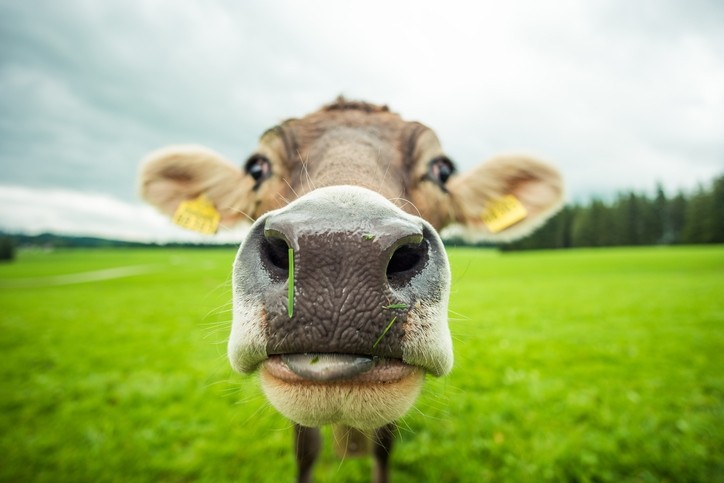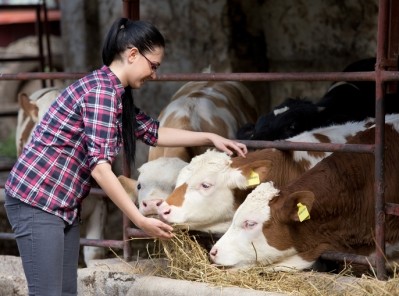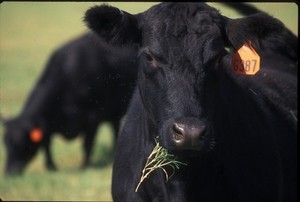US: Cow with atypical BSE detected, limited feed contamination concern

The USDA's Animal and Plant Health Inspection Service (APHIS) said yesterday [August 29] that the cow was positive for an atypical H-type case of the cattle neurologic disease Bovine Spongiform Encephalopathy (BSE).
The six-year-old, mixed-breed cow was located in Florida, the department said. It did not enter slaughter channels and did not present a risk to the food supply or to human health in the US.
The diseased animal was detected following routine testing carried out at slaughter, a spokesperson with the APHIS told FeedNavigator. “This is atypical, so it's spontaneous and there's no connection to any other cows with the disease or to feed,” she added.
Colorado State University’s veterinary diagnostic laboratory initially tested the cow during a routine surveillance of cattle that have been designated “unsuitable for slaughter,” the USDA said.
More information on the case is currently being gathered by APHIS and veterinary officials in Florida, the department added.
Feed concerns and atypical BSE
There are two forms of BSE – classical and atypical – and neither is contagious, said the USDA.
Classical BSE was the form found initially, often in the UK, starting in the 1980s, the department said. In the classical form of the disease, the primary source of infection was feed contaminated with an infectious prion agent – like meat and bone meal that included proteins generated from the rendering of infected cattle.
Since 1997, US Food and Drug Administration (FDA) regulations have stopped the use of mammalian protein in feed for cattle and other ruminants, the USDA said. Use of high-risk tissue materials in any animal feed have been prohibited since 2009.
The classical BSE form also is the type of the disease that has been linked to Creutzfeldt-Jakob disease in people, the department said.
However, atypical BSE has a different presentation, said the department. It usually occurs in older cows and appears to happen spontaneously and rarely in all cattle populations.
“No other cows displayed symptoms because it's an isolated spontaneous case,” the spokesperson added. “As part of the epidemiological investigation, we look at the offspring of animals diagnosed with atypical BSE as well as animals born at the same time in the same location as the affected animal.”
The disease appears to stem from a spontaneous change in the prion proteins in older cattle, the USDA said. However, the process and conditions that cause the prions to alter are not completely understood.
The World Organization for Animal Health (OIE) considers the US to have a negligible risk for BSE, and atypical BSE cases do not alter official BSE risk status recognition as the form of the disease is thought to happen randomly and rarely in all cattle populations.
The diagnosis of the cow from Florida is not expected to change the US’s negligible risk status, or lead to any trade concerns, the department added.
To prevent future occurrences of classical BSE the US has designed a set of interlocking safeguards, said the USDA. These include removing all specified risk materials – the parts of an animal that would carry the disease if the animal was sick – from all animals taken for slaughter.
Additionally, there is a feed ban in place designed to protect cattle from the disease, the department said. There also remains an ongoing BSE surveillance program, which found the current cow, that enables the USDA to find the disease if it presents in the US cattle herd.
This is the sixth cow with BSE found in the US, said the department. The first case, found in 2003, was a cow with classical BSE that had been imported from Canada and was born before feed bans on high-risk material were started. The other four have all had atypical – either H- or L-type – BSE.
No relation has been reported between the finding of this cow, and one reported in July 2017 in Alabama.












